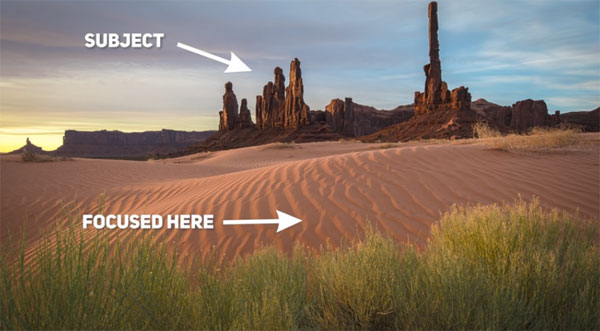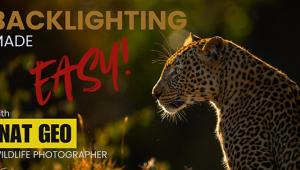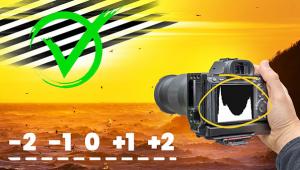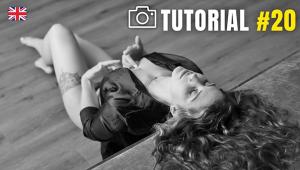Use “Hyperfocal Distance” to Control Depth of Field (VIDEO)

Understanding depth of field is a crucial factor in achieving the best possible images, particularly when shooting complicated outdoor scenes that include objects from foreground to background and everything in between.
The concept of depth of field is pretty simple, and refers to the area between the furthest and closest potions of a scene that appear acceptably sharp. This zone of focus is affected by a number of factors, including the aperture you choose, the focal length of your lens, and the size of your camera’s sensor.

In addition to the above variables, there’s a power hyperfocal technique that provides maximum control over the zone of sharpness you desire. Photography Online is great source of instructional videos for photographers of all skill levels, and today’s episode demonstrates a straightforward hyperfocal technique, and busts a few common focusing myths in the process.
As Instructor Marcus McAdam says, “The final piece of key information to achieve the best control of sharpness is knowing where in the scene to focus.” And if you follow his advice you’ll get things right every time.
McAdam says that in a majority of situations, like with wildlife photography, the common approach is to focus directly on the primary subject, without regard for what appears in front or behind—especially for images where you want a shallow depth of field. In other instances, like when you desire maximum depth of field in scenes with important subjects from near to far, another approach works best.

The later instance is where hyperfocal distance should be employed, whereby you set focus at some point away from the key subject in the frame. Yet, if you don’t employ the technique properly, big focusing errors may occur. McAdam explains everything you need to know to get the job done right, for truly compelling images.
So take a close look, and your outdoor photographs will be better than ever, whether you shoot landscapes, seascapes, nature scenes, wildlife images and more.
You can find a variety of eye-opening instructional videos on the Photography Online YouTube channel and in a tutorial we posted from another expert, revealing what he says are three “essential” lens filters every outdoor photographer should own.
- Log in or register to post comments















































